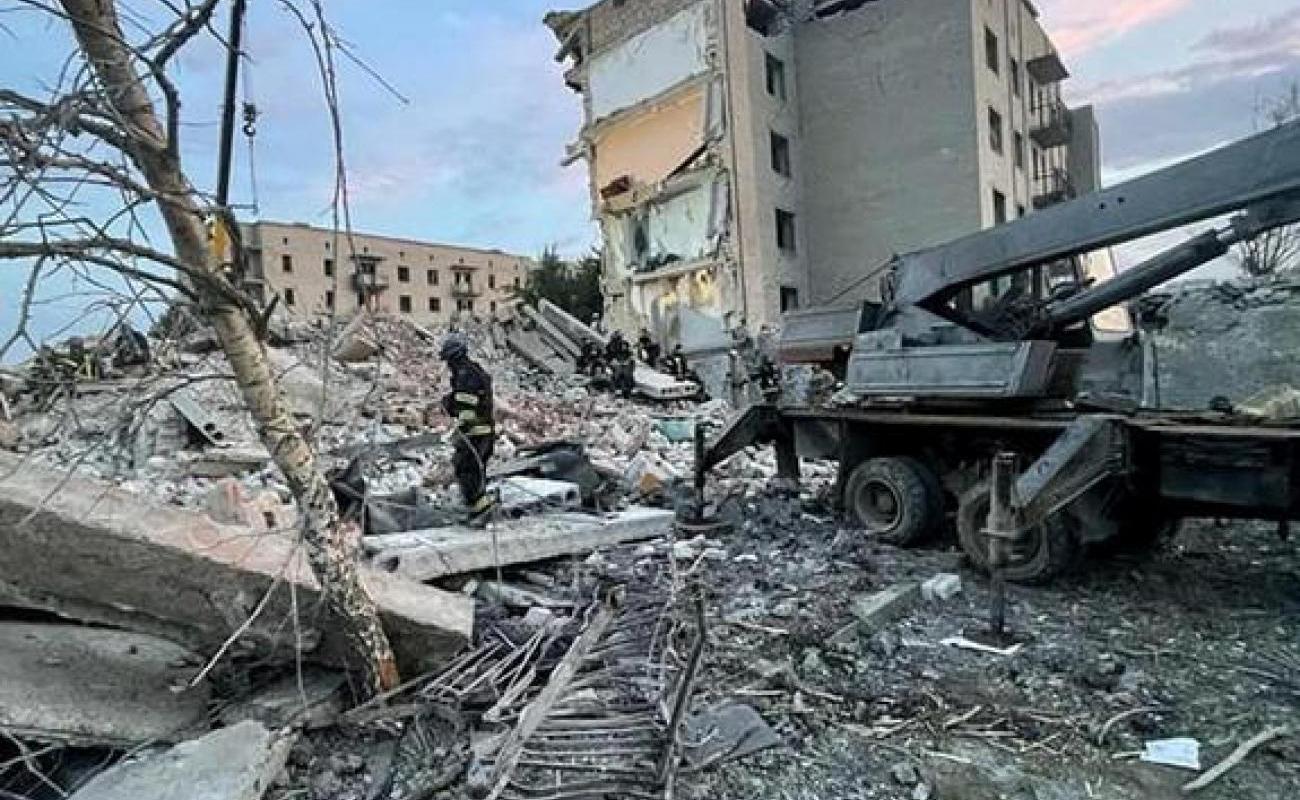Russia's war on Ukraine in numbers
Cities in ruins, millions of refugees, continued military support, and ongoing sanctions: Russia's war on Ukraine has sent shockwaves across the globe. Here are 10 graphics calculating the effects of Russia's invasion.

February 24 marks one year since Russia began its invasion of Ukraine. Despite counter-advances by the Ukrainian army, substantial parts of eastern Ukraine remain occupied by Russian troops. Most recently, on January 19, 2023, Ukrainian forces withdrew from the embattled city of Soledar in the Donbas region, which has since been under Russian control again.
Millions of people fleeing
According to the United Nations Refugee Agency (UNHCR), the war has led to the second-largest displacement crisis in the world. So far, 6.3 million Ukrainians have found refuge in Europe. Within the country, another 6.6 million people are internally displaced.
According to the UN, many people are also being deported to Russia or are being forced to emigrate there, especially from the areas of eastern Ukraine. This explains the high number of refugees in Russia. Some of them have already tried to continue on to Europe from Russia.
Resilience in Russia
In contrast to Ukraine, the situation in Russia is less critical than expected, as the economy has not suffered as much in comparison. But with additional EU sanctions passed against Russia in February of this year, experts believe existing sanctions will finally begin to bite.
Predictions for Russia's economic future are very different: while the Organisation for Economic Co-operation and Development assumes the Russian economy will shrink by 5.6% this year, the International Monetary Fund (IMF) forecasts minimal growth of 0.3%.
